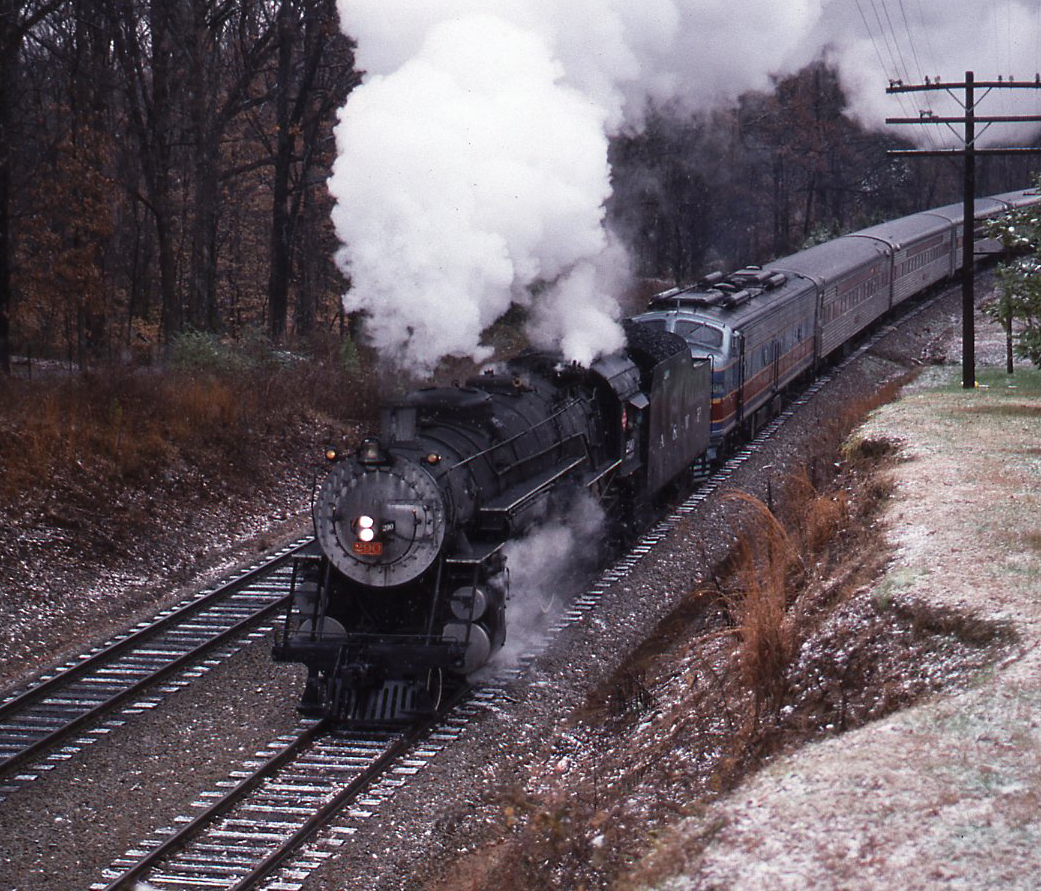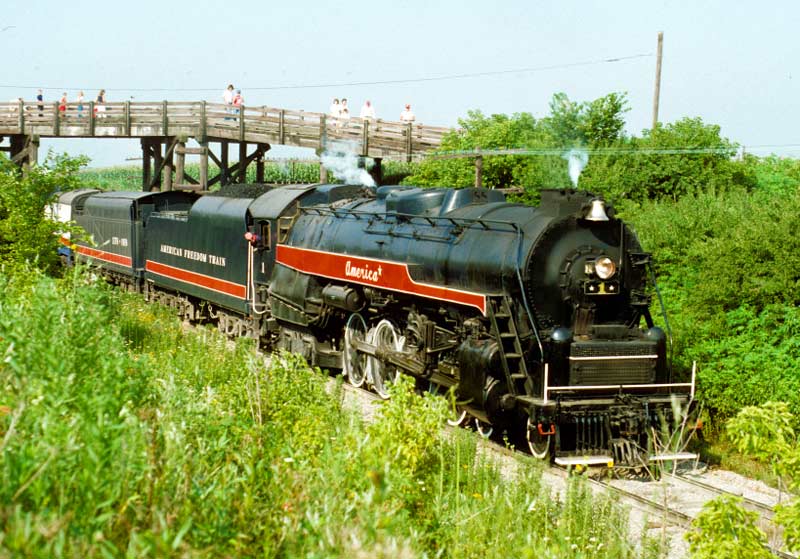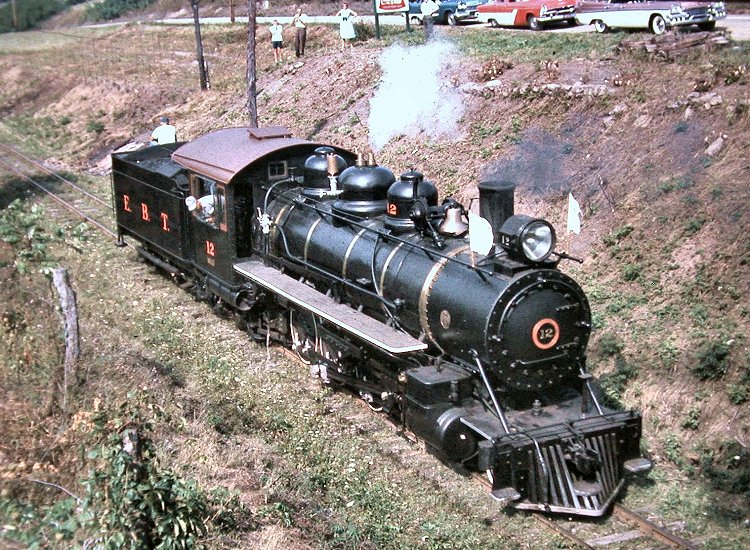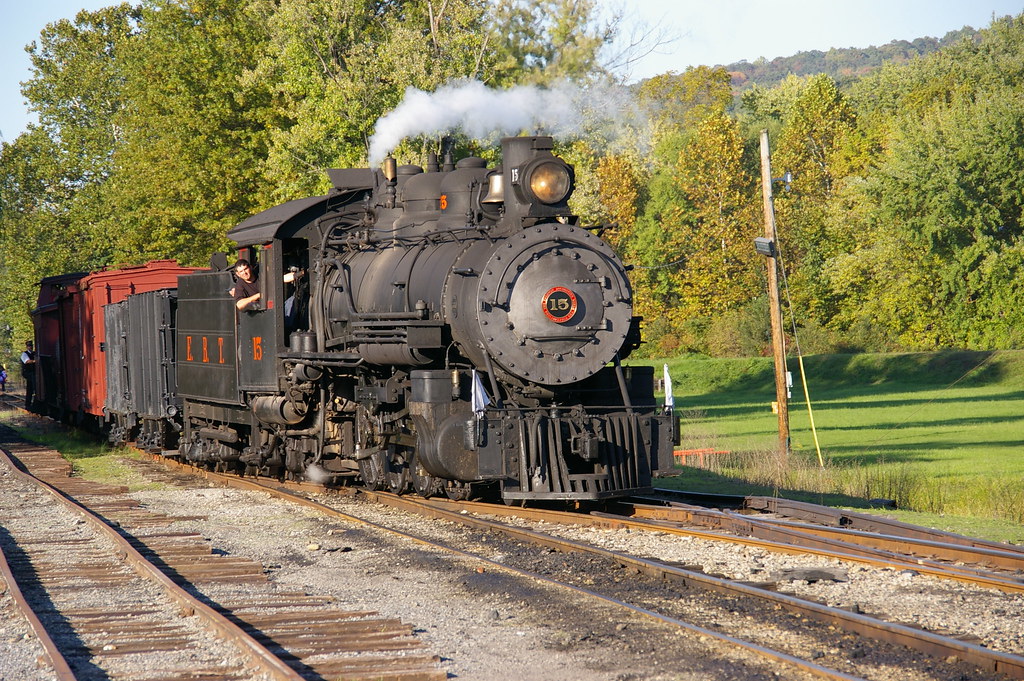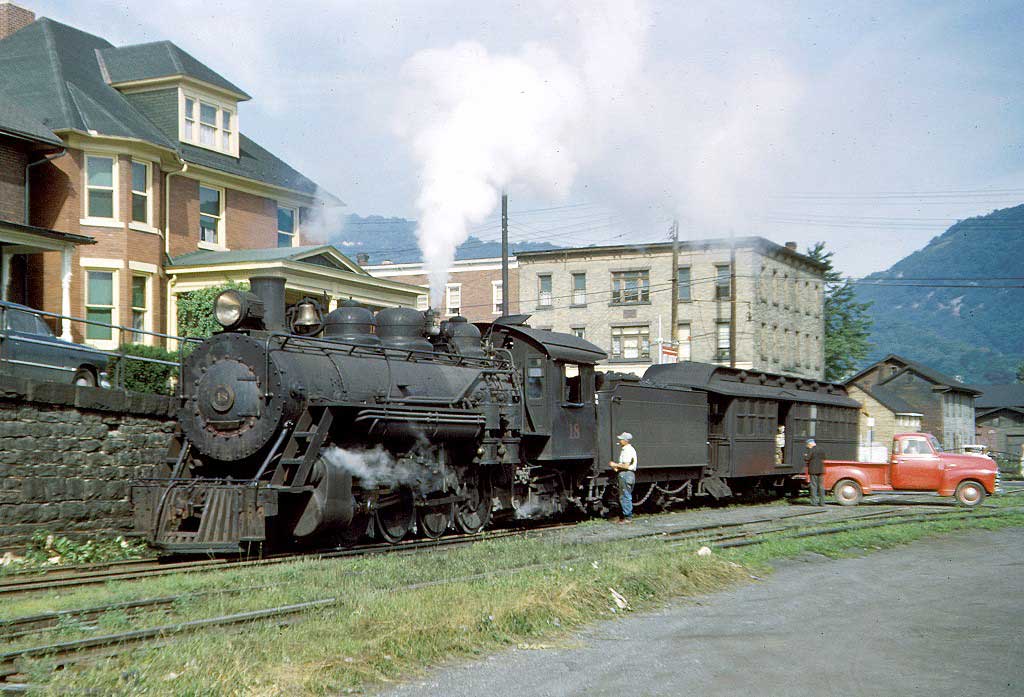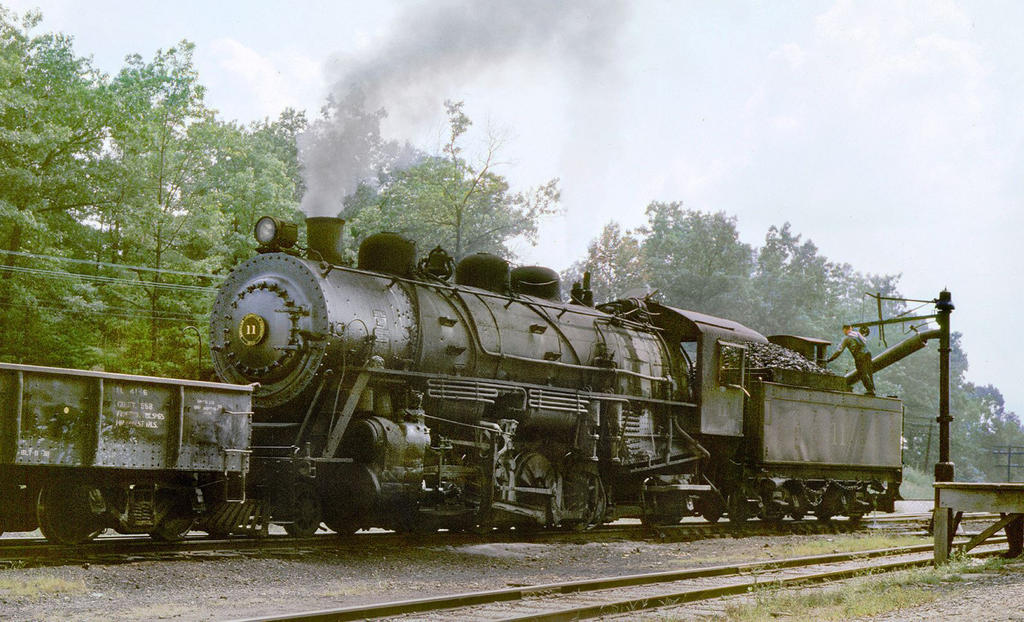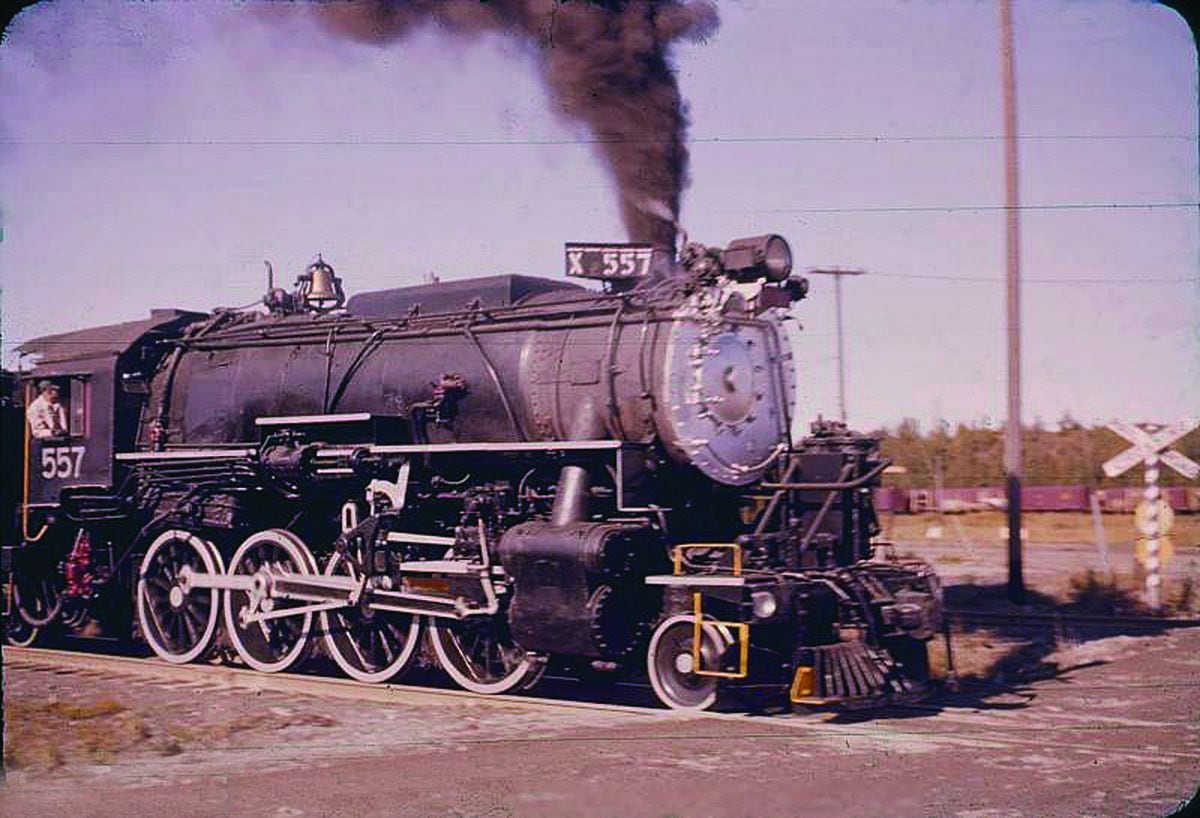After the attempt to lease the #1401 was rebuffed, Southern instead leased #4501 from '66 to '94. The #4501 had been built in 1911 as the very first Mikado for the Southern, then had been retired in '48 and sold to the Kentucky & Tennessee Railroad, who operated it until 1963 as their #12. When it was retired, it was purchased by a railfan who restored it, and then in '66, the Southern leased it, dolled it up in Southern passenger colors and used it as their primary power. After her retirement by Norfolk Southern in 1994, she returned to the Tennessee Valley Railroad Museum and continues to operate, although now in regular black paint.


Needing additional locomotives, in 1967 the Southern traded some used Alco RS-3s to the Eastern Tennessee & Western North Carolina Railroad (nicknamed The Tweetsie) for a pair of older 2-8-0 Consolidations, numbers 630 and 722, that the Southern had sold them in 1952. The #630 was operated from 1968 to 1978, as well as non-Southern sponsored trips at the TVRM through 1989. It was then parked for 10 years, restored in 1999 and ran in Norfolk Southern's 21st Century Steam program before returning to the TVRM where it is still operated.
The #722 was also operated through to 1980, before Southern sent it to the TVRM as well, to make room for larger locomotives, such as C&O #2716, Texas & Pacific #610 and CP #2839. Like #4501, the #722 was also dolled up in Sylvan Green with gold striping and white details. It eventually made its way to the Great Smokey Mountain Railroad, who tore it down for an overhaul. It now sits outside, disassembled, with a very uncertain future.



A key part of the Southern's steam program, Savannah & Atlanta #750 was odd in that she had no Southern heritage. The program was relying on three slower freight locomotives and Southern wanted a passenger locomotive capable of higher speeds, but the #1401 was inaccesible. So they leased the 4-6-2, originally built for the Florida East Coast and then later sold to the S&A, from 1967 to 1984. After that, it would be leased to a company trying to run tourist operations in Atlanta, until that folded up, and it now sits at the Southeastern Railway Museum in Duluth, GA.

The redheaded stepchild amongst the Southern operations was when, from 1979-1980, they leased Canadian Pacific "Royal Hudson" #2839. Geographically, it did not make a whole lot of sense to have the Canadian 4-6-4 running around Tennessee and Virginia. It was found to be not powerful enough, at which point they let the lease go. It briefly ended up on the Reading, Blue Mountain & Northern, who attempted to restore and operate it, but never did. It has since moved to California to be on display. During her Southern career, the #2839 did make a movie appearance in The Coal Miner's Daughter, hilariously shown switching coal cars in a yard.

Kentucky & Tennessee #10 barely counts. In 1965, the Southern leased the 1920-built Mikado, renumbered and relettered it to Southern #6910, and planned to run Chattanooga-to-Cleveland TN excursions. But on the first trip, it was found to have a number of leaky flues and had to be limped to Cleveland. The Southern canceled the second trip, towed the locomotive dead back to Chattanooga and then sent it back to to the TVRM. It sits in cold storage behind US Army #610 these days, missing several parts, although the museum has expressed interest in dressing it up as a Nashville, Chattanooga & St. Louis 2-8-2








